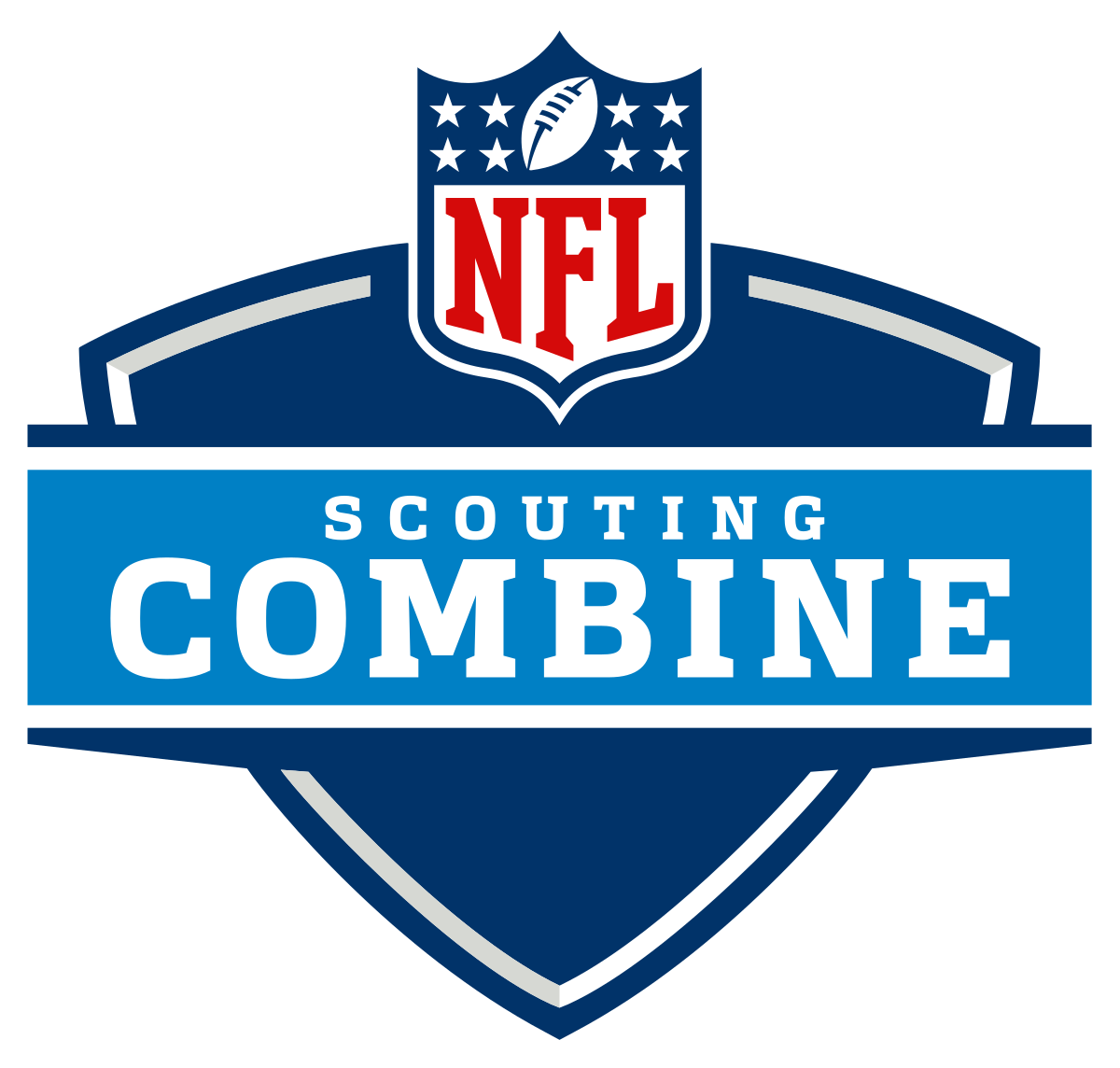Tip Sheet #18: Deep Dive on the NFL Big Data Bowl
|
Hello Tip-Sheeters, I hope your week is off to a good start. When I'm asked how someone can start or grow their data career, my short answer is generally "Build something and share it". We're in the golden era of cloud computing, with hundreds of low-cost ways to build data apps and share them with friends, colleagues, and potential employers for minimal cost. There's just no reason not to jump in and get started. One fun way to do this is by joining an online data science contest like the National Football League (NFL) Big Data Bowl. This week, we're taking a look at that competition. Let's get started! What's So Special About the NFL Big Data Bowl?The NFL is the most popular U.S. sports league, and TV broadcasts are full of stats and analytics. In the last few years, the NFL has worked with Amazon Web Services (AWS) to host a yearly data analytics contest with real prize money and great publicity. A special angle of the contest is that it focuses on real-time location tracking data. Here's a good explanation of this from Ron Yurko from Carnegie Mellon in a recent Sports Analytics Podcast. "The NFL has chips in the shoulder pads and the ball. So at every tenth of a second, we know where every football player is at on the field, on a 2D matrix...This competition inspires people to work on different types of problems by having a theme associated with it every year."
- Ron Yurko, Carnegie Mellon
Even though the contest is only 5 years old, the official website says that more than 75 competitors have gotten jobs in sports analytics. Yurko explains what a unique opportunity the competition is to show your work to sports teams: "Just being able to enter in something like this is incredible. Everyone is looking at this. Not just NFL teams: MLB teams, NBA basketball. That’s the other purpose of this, it’s a pipeline (for hiring)." What's in it for the NFL?The competition has been spearheaded by Mike Lopez, the NFL's Senior Director of Data Analytics. In an interview with CNBC, Lopez said that the league offices want to learn from the competitors, because this tracking data is so new they haven't had time to explore it all. And NFL teams want to hire those same competitors so they can get an advantage for their own teams. In a Q&A on the AWS website Lopez said that the data is so new that "when you’re filtering it or looking to apply it in a specific way, you're probably the first person in the world to ever do that with this data." This Year's FinalistsAt the time of writing, the finalists have been selected in the 2025 contest and their entries are listed here. Five teams in three categories will be traveling to the NFL Combine in Indianapolis in a few weeks to pitch their entries to NFL executives and teams.
The entries are available on Kaggle, so I examined one of the finalists in the metrics track that created a metric named Safety Entropy. They did a great job explaining the problem they were trying to solve and sharing the research behind their approach. Safety Entropy uses a neural network and has some good visualizations to show how it can be applied. (You'll also notice that Ron Yurko and a teammate made the semi-finals with their entry this year.) Why Not Enter This Fall?Anyone can enter the contest, which includes you. Past winners have included people from around the world and various professions. Matt Chang, a winner last year, shared some helpful advice here:
I hope some Tip Sheeters enter the contest this fall Keep an eye out on the NFL's Kaggle page in early October 2025. ----- That's it for this week. I hope you see the fun and value of creating data projects and finding ways to share them. Keep Coding. Ryan Day |
Ryan Day
This is my weekly newsletter where I share some useful tips that I've learned while researching and writing the book Hands-on APIs for AI and Data Science, a #1 New Release from O'Reilly Publishing
Hi Tip-Sheeters, In Tip Sheet #22, I demonstrated creating an MCP server to connect to my Football API. This week, I'll update that demo to the latest version of FastMCP and MCP Cloud. It's another good chance to pitch you why you need an ongoing side project, which I'm calling an Anchor Project. Why You Need an Anchor Project ⚓💪 I learn best by building, and I've found that a lot of other tech and data people do as well. A valuable method for me is to build real-world projects, as I wrote...
Hi Tip-Sheeters, This week brings one of the most exciting times of the year for me: the National Football League kicks off its regular season. I'm a fan of the Kansas City Chiefs, and they'll be playing their opener in São Paolo, Brazil (in Arena Corinthians if there are any serious soccer fans out there). Creative Commons, TheBo 2007 This also means Fantasy Football Season begins!! I'm a huge fantasy football fanatic, and I'll be managing five teams this year. What is fantasy football, you...
Hi Tip-Sheeters, Great interview tips for your up-skilling this week, and don't miss a couple of links at the end related to a new tool worth checking out. Creating an Up-Skilling Plan Andres Vourakis is a Data Scientist at Nextory and the creator of the To Be a Data Scientist newsletter, which provides a lot of technical content and career advice for data scientists. Andres shared a post recently titled How I'm Currently Upskilling as a Senior Data Scientist in Tech (2025 Edition) with a...
